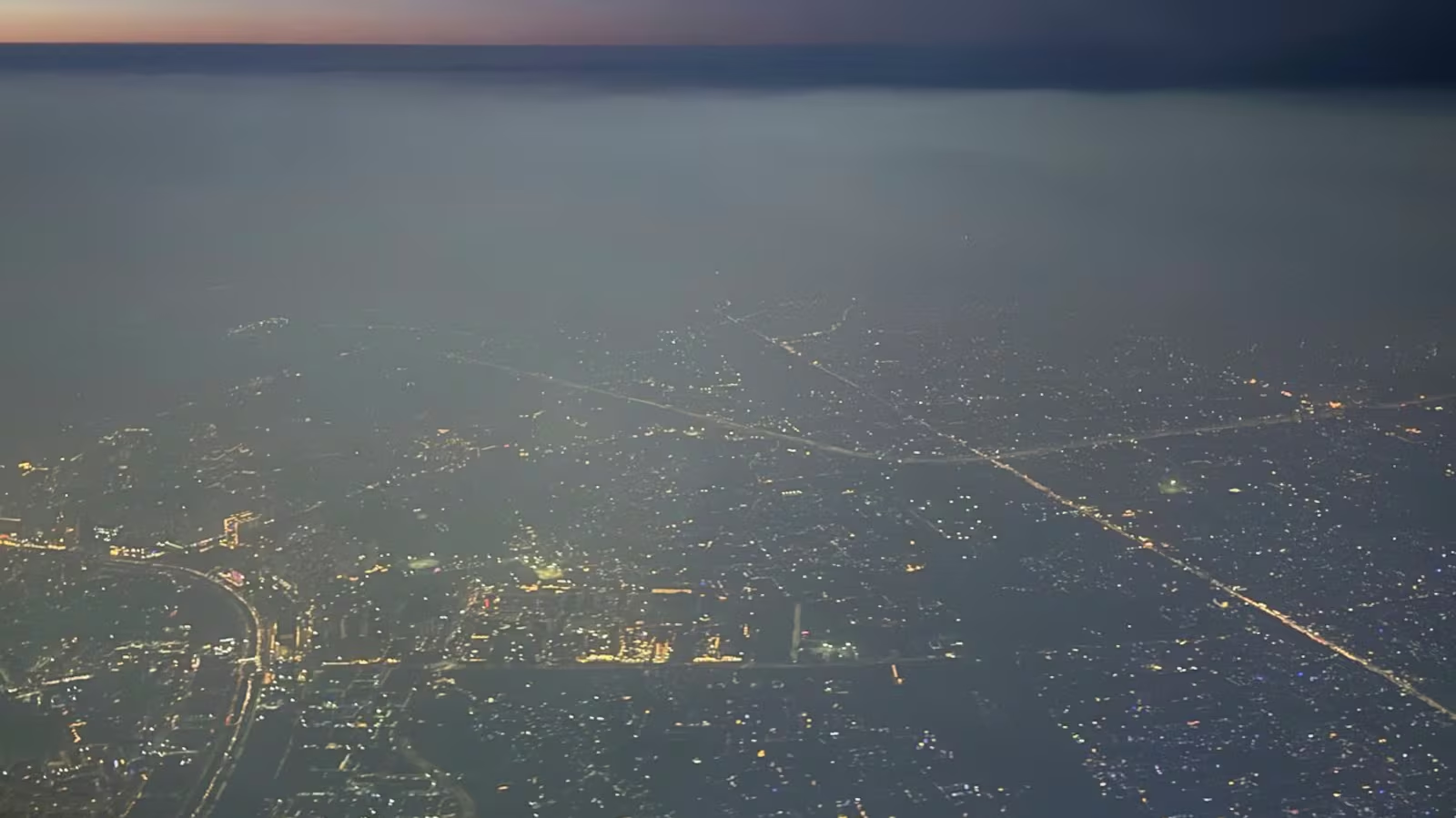In a bold attempt to tackle New Delhi’s persistent smog crisis, Indian authorities carried out a cloud-seeding experiment on Tuesday to trigger artificial rainfall and clear the city’s suffocating air. The operation involved a plane spraying chemical particles into clouds over select areas of the capital, in hopes of producing rain to wash pollutants out of the atmosphere. Despite the effort, air quality monitors still rated the city’s air in the “very poor” category.
The initiative, conducted in collaboration with the Indian Institute of Technology (IIT) Kanpur, marks one of several trials planned for the coming days. Delhi Minister Manjinder Singh Sirsa said officials hoped to see brief rainfall across parts of the city within hours of the experiment, adding that such interventions were necessary to combat worsening pollution levels.
New Delhi, home to over 30 million residents, remains one of the most polluted capitals in the world. India accounts for six of the ten most polluted cities globally, according to the Swiss air-quality firm IQAir. Each winter, air quality plunges as crop-burning in nearby states combines with industrial emissions, vehicle exhaust, and stagnant weather conditions to trap toxic particles over the region—often reaching pollution levels twenty times above the World Health Organization’s safe limits.
Authorities have taken several emergency measures, including halting construction projects, banning diesel generators, and deploying water sprinklers and anti-smog guns. However, experts argue that these are temporary fixes that fail to address the deeper issue of emission control.
“Cloud seeding is not really a cure,” said Krishna Achuta Rao, professor at IIT Delhi’s Centre for Atmospheric Sciences. “It may briefly disperse pollution, but the air quality quickly returns to its previous state. The main purpose appears to be to show people that something is being done.”
Rao and other scientists emphasize that the only lasting solution lies in enforcing strong environmental regulations that target industrial pollution, reduce vehicular emissions, and curb agricultural burning. Until such systemic measures are in place, they warn, Delhi’s annual smog crisis will continue to choke the city despite efforts to clear the skies from above.


